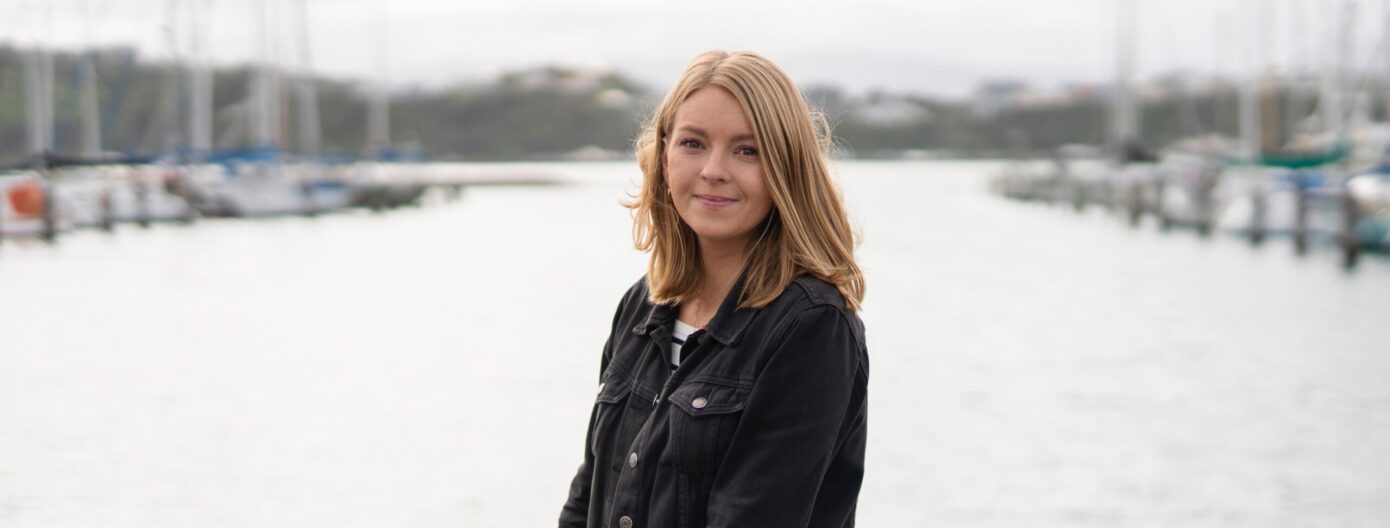If you get to take a peek at the bottom of the Baltic Sea and have a really keen eye, you will see plenty of small creatures crawling in the mud. You may need a magnifying glass and at least some light to spot them. The benthic communities of the earth’s seas lead a very secret life because deep-sea research is expensive and therefore rare. When life in the deep sea is then disturbed, the consequences can be unpredictable.
If the biota in the Baltic Sea is small, the bottom of an ocean, such as the Pacific, offers quite a different view: there is a muddy bottom, but also rock formations and rift valleys, as well as sponges and corals up to a metre tall. They can be thousands of years old.
“When a trawler then sweeps over them, the reaction is usually ‘oops-a-daisy’. As we only know a fraction about marine life, the effects caused by disturbing the seabed remain largely unknown. I want to do my part to ensure that the effects of activities that directly affect the seabed would be better understood before going ahead with them,” says Laura Kaikkonen, marine biologist and postdoctoral researcher. The Nessling Foundation funded her research project in the 2022 general grant call.
Kaikkonen’s goal is related to improving the quality of environmental impact assessments. It would be literally vital for seabed ecosystems, as many organisms take a very long time to recover from a disturbance – if they recover at all.
“Environmental impact assessments often indicate that in such and such areas, it will take ‘quite a long time’ for the biota to recover. It would be much more useful to be able to state that a certain environment will take 10, 50 or 100 years to recover. That’s what my research is aiming for.”
Depending on the location, disturbance to the seabed can be caused not only by underwater landslides or volcanic eruptions, but also by many types of human activity. At least fishing and construction, as well as underwater mining as a future threat, disturb the benthos.
“Currently, the way things go is that the authorities grant permission for some activity at sea, only to realise afterwards that it wasn’t such a great idea. We already have tools to predict damage. I want to find answers to whether there are certain areas in the sea that shouldn’t be touched at all.”
Modelling tool as a solution
Laura Kaikkonen gives the interview from New Zealand, where she already went to work on her research. By the sea, of course. Kaikkonen says that she has never lived in a place that was not close to the sea. That is how important the sea is to her.
“When I was in upper secondary school, I used to read a lot about environmental disasters, particularly in Asia. That sparked a need for justice in me: Why do some have the right to destroy or damage the environment that belongs to everyone and affects everyone’s life? The same theme is still present in my work, currently in my postdoc project.”
Underwater mining is a future threat to the benthos.
In her research project, Kaikkonen combines data from the Pacific Ocean and the Baltic Sea. Contrary to what you might expect from a marine researcher, most of her work takes place in front of a computer.
“The tool that will be created as the result of my research is a way of organising existing information about different species and their characteristics as well as data that I collect with the project’s collaborators. I collect information about various species of organisms from experts, among other sources, and analyse existing visual material taken with underwater cameras. The cameras have captured time series consisting of numerous before/after photos, from which we can assess how the seabed environment has changed. From the photos, we can see how a particular area has developed after it was once destroyed.”
Once the material is collected and coded, she will employ state-of-the-art machine learning methods and modelling. This way, Kaikkonen hopes to be able to produce generalisations that could be used to model an estimate of how an arbitrarily chosen location in the sea would recover from a possible disturbance.
“I hope that my work will contribute to a future where we don’t have to wait for hindsight to understand the impact of destruction on marine organisms. In concrete terms, I’d like to see changes in the regulation of fishing in international waters, for example. I’d also like to be able to shake up the status quo and highlight the notion that the current way of carrying out environmental impact assessments isn’t good enough. We can do better.”

In 2022, the Nessling Foundation granted a total of EUR 2.3 million in funding to 28 new projects. Laura Kaikkonen’s postdoc project “Recovering depths” is one of them. The project’s sites of research are New Zealand’s National Institute of Water and Atmospheric Research NIWA and the University of Helsinki.
See the list of all funded projects.
Photos: Annukka Pakarinen


